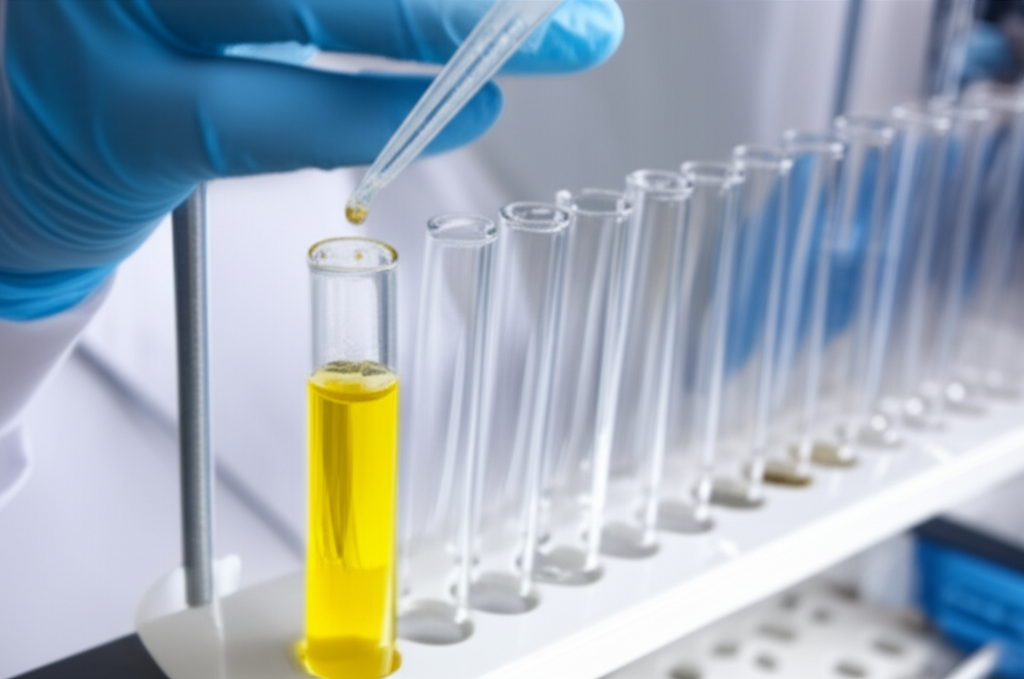Researchers have developed a groundbreaking, environmentally sustainable process for synthesizing hydrotalcite-like compounds (LDHs), addressing major wastewater and safety challenges plaguing conventional production methods. This innovation offers significant potential for industries relying on LDHs for applications ranging from catalysis and polymer additives to wastewater treatment, drug formulation, and nuclear decontamination.
Traditional LDH synthesis faces strict environmental scrutiny due to its inherent drawbacks. Liquid-phase methods generate massive volumes of wastewater during reaction and washing stages, burdening manufacturers with high disposal costs and regulatory pressure. Liquid-solid-phase methods, while reducing some water usage, rely heavily on urea as a raw material. This leads to hazardous ammonia by-products, which are difficult and costly to manage, emit foul odors, and present significant safety hazards in industrial settings.

The novel process fundamentally redesigns the reaction chemistry and resource flow. It completely eliminates urea and substitutes it with basic magnesium carbonate [4MgCO₃·Mg(OH)₂·4H₂O]. Crucially, it implements a fully closed-loop water recycling system, where process water is recovered and reused in subsequent batches.
The synthesized steps are meticulously optimized:
1. Catalyst & Magnesium Carbonate Loading: The reactor is charged with basic magnesium carbonate and a specialized solid catalyst (made by impregnating pumice with ferrocene from a saturated chloroform solution, then drying). Precisely 10 times the catalyst's mass in process water (fresh or recycled) is added, followed by thorough stirring for one hour.
2. Aluminum Hydroxide Introduction & Reaction: Aluminum hydroxide [Al(OH)₃] is added at a carefully controlled molar ratio to the magnesium carbonate (optimally 4:1). The mixture is heated intensively to 180-220°C (200°C is preferred), and the reaction proceeds for 2.0-5.0 hours (2.5 hours is optimal). Upon completion, the reaction mixture is cooled to ambient temperature.
3. Filtration & Resource Recovery: The cooled slurry is filtered. The solid hydrotalcite filter cake is dried rigorously until moisture content falls below 0.5% to yield the final LDH product. Critically, the filtered process water (mother liquor) is collected and directly channeled back as the water source for step 1 of the next synthesis batch, closing the water loop.
The proprietary pumice-supported ferrocene catalyst plays a vital role. This heterogeneous catalyst drives the reaction efficiently and can be separated mechanically from the LDH product after filtration. Robust testing across numerous production cycles demonstrates that this catalyst maintains activity over extended periods without significant degradation.
Extensive quality control assessments on hydrotalcite produced via this method (over 50 consecutive batches using recycled water) confirm consistently excellent characteristics: Uniform white appearance (white values over 90%), steady pH levels (~9.5-9.9), minimal residual moisture (<0.5%), and consistent aluminum-to-magnesium ratios between 2:1 and 2.4:1. Product performance meets all commercial standards required for industrial applications.
The environmental advantages are transformative. The closed-loop water system reduces freshwater consumption by over 90% and slashes associated wastewater discharge by >99% compared to traditional techniques. Furthermore, by eliminating urea entirely, the process completely eradicates the generation and handling of hazardous ammonia, significantly reducing plant emission risks, environmental impact, and operational safety concerns.
This innovation represents a paradigm shift for industries dependent on LDH materials, especially sectors under intense pressure for sustainable and clean manufacturing. By resolving the high water waste and ammonia pollution challenges inherent in existing methods, this eco-friendly process offers manufacturers a scalable, high-quality, and environmentally responsible production pathway with major cost savings on water management and pollution control.
Manufacturing Facilities






Professional Export Experience
to Global Customers

1. 20 years of R&D, manufacturing and sales experience, serving customers in 60 countries and regions around the world;
2. Own R&D laboratory, pilot platform and large-scale production workshop, which can meet the audit requirements of global customers;
3. We can satisfy customers' perfect transition from small scale lab requirements (gram level) to commercialization requirements (hundred tons level).
A: We don't have Minimum Order Quantity, exact quantity should be provided before quotation for us to calculate the exact cost.
A: We don't provide free samples due to lots of request and expensive international courier's cost, we can deduct the sample charge after commercial order placed.
A: Our payment terms: Small or sample order: T/T IN ADVANCE. Commercial order: First order should be by T/T IN ADVANCE or L/C at sight, and following orders T/T 30~90days is acceptable subject to approval of credit application.